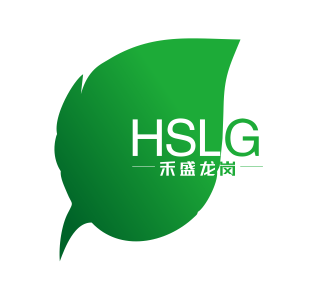PHENYLBIS(2,4,6-TRIMETHYLBENZOYL)PHOSPHINEOXIDE;Phosphineoxide,phenylbis(2,4,6-trimethylbenzoyl)-;Photoinitiator819;Phenylbis(Chemicalbook2,4,6-triMethylbenzoyl)phosphineoxide97%,powder;(Phenylphosphoryl)bis(mesitylmethanone);formerIRGACURE819;OMNIRAD380;OMNIRAD819
Chemical connection; Photoinitiator; Organic chemical raw materials; Chemical raw materials; Raw materials; Organic chemical raw materials; General reagents; Antioxidant; Fine chemical raw materials; MiscellaneouChemicalbooks; OrganicPhotoinitiators; PolymerizationInitiators; Chemical intermediates; Light stabilizer
The application of photoinitiator 819 can also be used for colored UV curing plastic coatings. UV coatings have been widely used for plastic shells of various electronic and household appliances products due to their excellent performance and efficient production. However, the UV coating is not well cured after coloring, resulting in poor adhesion of the coating film and poor dispersion and alignment of the UV resin on the pigment, which seriously affects the appearance of the coating film, Therefore, the traditional construction process is to paint the solvent based colored primer first, and then paint the UV varnish after baking to improve various physical properties of the paint film surface. Overview photoinitiator (PI) is a key component of photocurable materials, which plays a decisive role in the curing speed of photocurable materials. Photoinitiator is a substance that can absorb radiation energy and undergo photochemical changes upon excitation to produce active intermediates (free radicals or cations) with the ability to initiate polymerization. Photoinitiators can be divided into ultraviolet initiators (absorption ultraviolet light region 250-420nm) and visible initiators (absorption visible light region 400-700nm) due to different absorption radiation energies. Photoinitiators can be divided into free radical photoinitiators and cationic photoinitiators due to different active intermediates. Free radical photoinitiators can be divided into two types: cleavage photoinitiators and hydrogen abstraction photoinitiators due to the different mechanism of generating free radicals. At present, the UV curing technology is mainly UV curing, and the photoinitiator used is UV initiator. Application: UV curing varnish and paint system, such as wood, paper, metal, plastic, optical fiber, printing ink and prepreg system




 China
China








